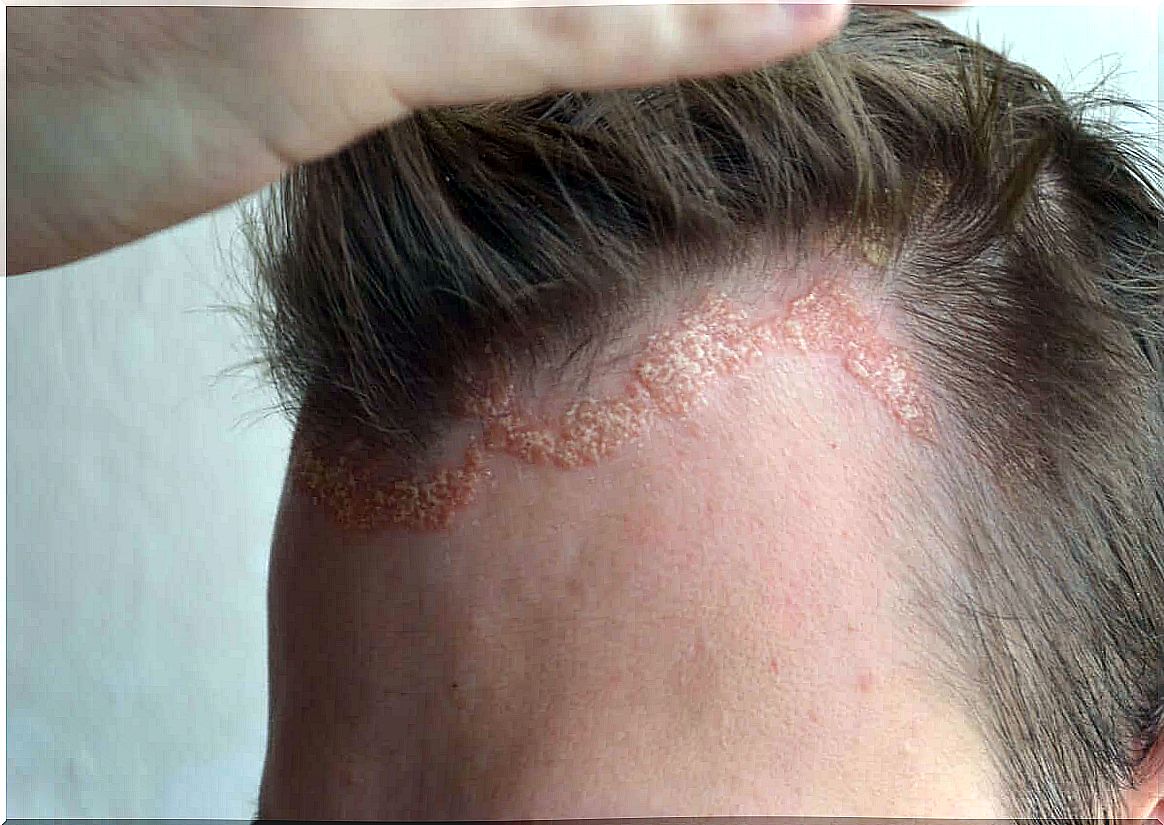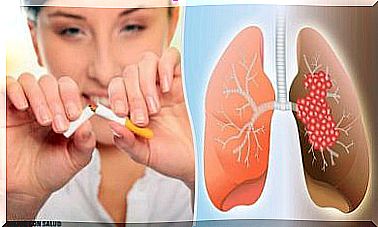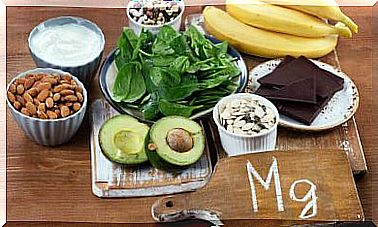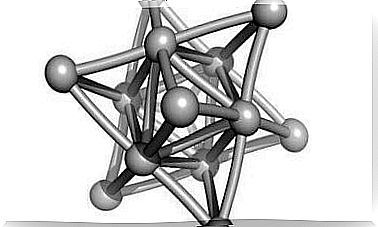The Autoimmune Protocol (AIP): What Does It Mean?

The AIP diet, also known as the autoimmune protocol diet, is a nutritional model that has gained significant popularity in recent years. It consists in avoiding the consumption of certain foods for several weeks in order to observe changes in health.
As stated in an article published in Inflammatory Bowel Diseases, its purpose is to help control inflammation, pain and other symptoms of autoimmune diseases, such as inflammatory bowel disease and celiac disease. What do you need to know about it? In this article we tell you more about it!
What is the AIP Diet?
The autoimmune protocol (AIP) is an elimination diet in which certain foods are not eaten for several weeks to observe the health effects. It is especially relevant in the presence of autoimmune diseases such as psoriasis, rheumatoid arthritis, lupus and inflammatory bowel disease, among others.
These diseases have symptoms that range from joint pain to fatigue, abdominal pain, diarrhea, nerve damage and mental confusion. Their origin is multifactorial and includes genetic and environmental factors.
However, one of the hypotheses links them to damage to the gut barrier. This, in turn, is linked to the consumption of certain foods.
Essentially , the AIP diet proposes eliminating these foods and replacing them with nutrient-rich choices that help “repair” the gut and promote the balance of the microbiota.
It also suggests eliminating products such as those containing gluten or lactose, as these often trigger abnormal immune responses in sensitive people.
The Phases of the AIP Diet

For example, the autoimmune protocol (AIP) bears some resemblance to the popular paleo diet. Some experts even call it an extension. The AIP variant is in any case a bit stricter and consists of two main phases.
The Elimination Phase
The first phase of the AIP diet involves the elimination of foods and medications that may be related to intestinal inflammation or microbiota imbalances. This takes into account products that often cause allergies and undesirable reactions. For example:
- Cereals
- legumes
- nuts
- Seeds
- Vegetables from the nightshade family
- Eggs
- Dairy products
- Vegetable oils
- Food additives
- Refined sugars
- Coffee
- Alcohol
- Tobacco
- Processed products
- Non-steroidal anti-inflammatory drugs (NSAIDs), such as ibuprofen, naproxen, diclofenac, and high-dose aspirin.
Instead, of course, experts recommend consuming fresh, nutrient-rich produce. In addition, people should not neglect fermented foods or foods with a certain probiotic content.
It is also important to make an effort to improve lifestyle through relaxation techniques, physical activity and better sleep quality.
The duration of this phase can be extended until the person feels an improvement in symptoms. This can often take between 30 and 90 days. However, a number of people feel the effects after week three.
The reintroduction phase
Once individuals notice an improvement in the symptoms of the autoimmune disease, the reintroduction phase begins. This consists of gradually taking in the avoided foods one by one. This, of course, depends on the person’s tolerance level.
This phase is designed to identify the foods that can trigger the symptoms of the condition. It also tries to reintroduce those who are not causing symptoms, to ensure a more varied and complete diet.
The introduction of each food is gradual, with a time lag of 5 to 7 days between one and the other. This period is sufficient to determine whether any of the symptoms recur after consumption. Those that are well tolerated can be further included in the diet. The rest should be left out.
Steps for the reintroduction of food
To reintroduce food into the AIP diet, there are a few steps to follow. It is therefore important to do this under the guidance of a health professional.
That way you know how to choose the right moment in circumstances that do not cause inflammation. It is therefore better to postpone the reintroduction after a bad night’s sleep or at times of stress.
If possible, it is ideal to introduce foods with lower concentrations of the substance that can cause discomfort. For example, in the case of dairy products, it’s best to start with fermented options like yogurt. The steps are the following:
- Choose the food you want to reintroduce. Then use it several times a day on the day chosen for the test. Then avoid it completely for the next 5 or 6 days.
- Eat a small amount of the product and wait about 15 minutes to check for reactions.
- If there are symptoms, the test should be terminated and the individual should continue to avoid the food. However, if the symptoms do not appear, he or she should try a larger portion while observing the effects for another 2 or 3 hours.
- If there are no symptoms, then the person can eat a normal serving of the same food. He or she should then avoid it for another 5 or 6 days before introducing another food.
- Repeat the procedure.
Permitted and Prohibited Foods in the AIP Diet
So for the autoimmune protocol diet to be successful, it is necessary to respect the recommendations that talk about allowed and forbidden foods. In this regard, keep in mind that there are many limitations. It is therefore best to seek advice from a nutritionist to avoid deficiencies.
Allowed foods
- Various plants and algae.
- High-quality fish and seafood with an abundance of omega 3 fatty acids.
- Fresh fruit, in moderate portions.
- Fermented and probiotic foods (kombucha, kimchi, sauerkraut, pickles and coconut kefir).
- Lean meat and beef liver.
- Olive, coconut and avocado oil.
- Herbs and spices that do not come from seeds.
- Natural sweeteners, such as honey, in moderate amounts.
- bone broth.
- Green and black tea.
Forbidden foods
- Vegetables from the nightshade family, such as tomatoes, potatoes, peppers and eggplant
- Grains (rice, wheat, oats, barley, rye and derivatives)
- legumes
- Dairy products
- Vegetable oils (except those listed above)
- Coffee
- Eggs
- Dried fruits and seeds
- Alcohol
- Food additives, such as refined sugars and trans fats
Does the AIP Diet Work?
To date, the scientific evidence on the AIP diet remains limited. However, a number of studies suggest that it may reduce the inflammation and clinical manifestations of a number of autoimmune diseases. Let’s look at it in detail.
Autoimmune protocol diet and a leaky gut

Those who suffer from autoimmune diseases usually have a permeable gut (leaky gut). According to research there is a link between inflammation and intestinal permeability. Thus, a person may suffer from an inflammatory disease.
In this regard, the findings have established that the AIP diet, by contributing to the relief of leaky gut syndrome, reduces the degree of inflammation and associated symptoms. However, more research is needed.
Treating the Symptoms of Autoimmune Diseases
In addition to the above, it is important to note that this nutritional protocol has shown positive results against the symptoms of autoimmune diseases such as irritable bowel syndrome and Hashimoto’s disease. In some cases there was even a reduction in inflammation of 29% to 68%.
What are the disadvantages of the autoimmune protocol diet?
The main disadvantage of the AIP diet is that it is a very restrictive diet, especially in the elimination phase. Not only does this situation make it difficult to follow, but it may not be right for everyone.
On the other hand, the food restrictions may also cause the person to go through periods of anxiety or social isolation. Without proper planning, it can also lead to nutritional deficiencies.
Among other things, there is no guarantee that this protocol will reduce the inflammation and symptomatology of autoimmune diseases. Yet many experience its positive effects.
Consulting a nutritionist is the best option
At first glance, it seems that adopting the autoimmune protocol diet is easy when you consider the rules. However, it is a protocol that must be applied very carefully as it involves significant dietary restrictions.
It is therefore essential to consult a nutritionist or a doctor to get all the necessary information about this diet. The professional will then help you determine if this diet is right for you and how to plan it appropriately to avoid any effects on your health.









